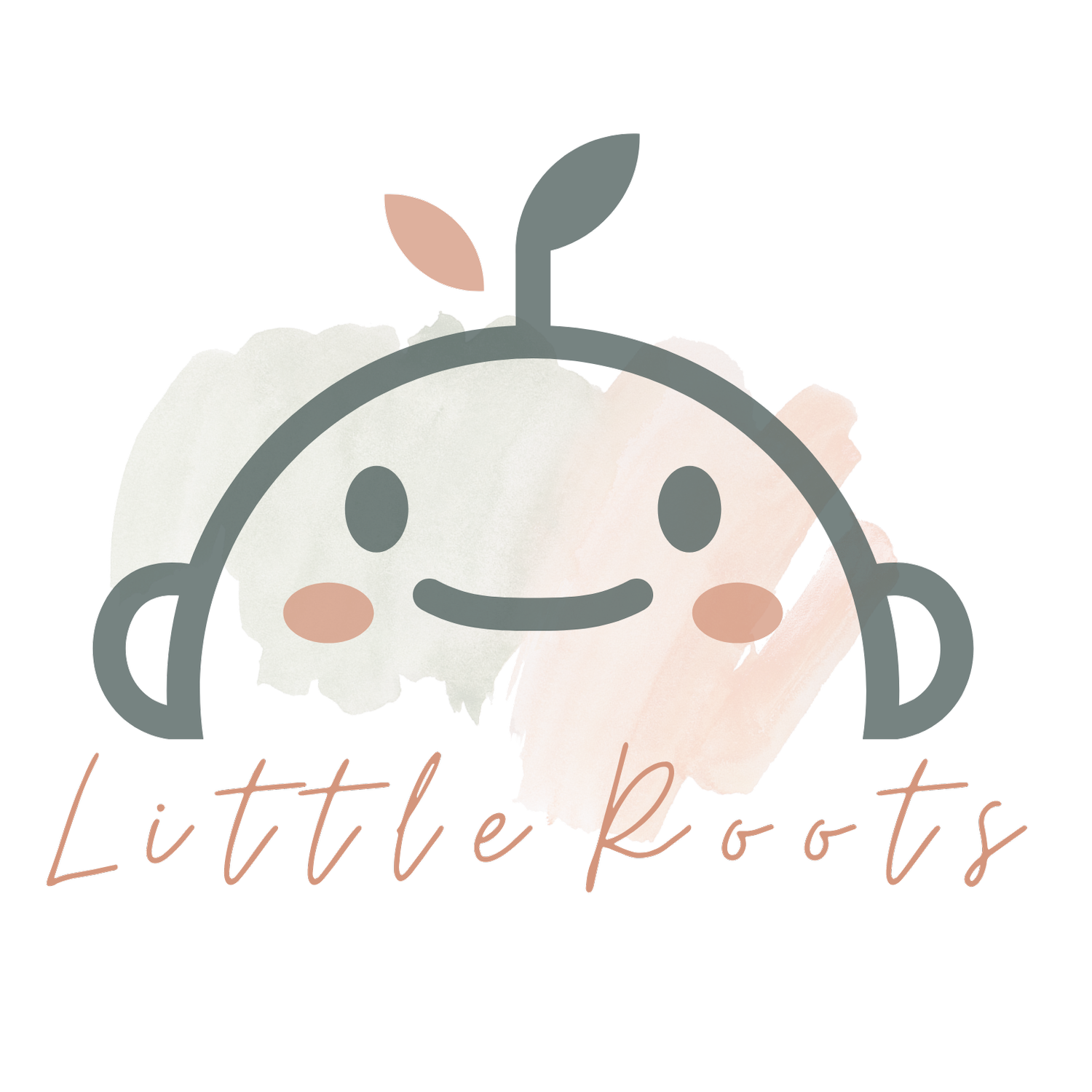WHOLE-BODY
APPROACH TO
TONGUE & LIP TIES
A family-centered, functional and whole-body approach to assessment and therapeutic support for oral dysfunction and tongue and lip ties and their impact on feeding, sleep, movement and overall well-being.
-
If you or your baby are experiencing one or more of the following, reach out for a free consultation:
Shallow latch
Difficulty staying latched
Sensitive gag
Milk dribbling from corners of mouth
Biting or chomping on nipple
Milk tongue (white coating)
Gulping/Air swallowing
Clicking or squeaking noises with feeding
Coughing/choking during feeding
Lip blisters
Fussy feeding
Poor weight gain
Breast preference/refusal
Poor endurance or falling sleep
Always seems hungry
Breast/bottle feeding lasts >30 minutes
Bottle or pacifier refusal
Causing nipple pain or damage
Recurrent plugged ducts or mastitis
Gassy, Reflux, Colic
Open mouth posture at rest
Difficulty progressing to soft solids by 8 months
Limited repertoire of foods
Difficulty moving/chewing food
Frequently spitting foods out
Frequently overstuffing mouth
-
A true and comprehensive diagnosis of tethered oral tissues requires both a structural exam by a physician or dentist as well as a functional assessment of feeding, oral motor function, and the whole-body to determine how the frenum, and other whole-body factors, are impacting function.
A functional assessment is typically conducted by one or more feeding specialists (IBCLC Lactation Consultant, Occupational Therapist, or SLP).
Parent
“Carmen was such a joy to work with. She traveled to our home on the weekend to accommodate our busy household and worked with our 8-month-old daughter weekly for about two months post-frenectomy. Our daughter had been introduced to purees just before 6 months of age and didn't appear to enjoy eating, didn't know what to do with the food in her mouth, and wanted nothing to do with any of the foods introduced to her, though she seemed very interested in watching us eat. Mealtime was a mess for her and we became stressed and frustrated. We came to the conclusion that a frenectomy might be the solution, as we were told by a lactation consultant (not her pediatrician) that she had a tongue tie. Carmen was very knowledgeable and recommended oral tools and physical exercises to strengthen our daughter's gross motor skills, as well as some high chair recommendations to support our daughter's body position while feeding. She showed us how to model eating and place food in our daughter's mouth so that she would develop the necessary skills to learn how to move her newly released tongue to clear foods on both sides of her mouth and learn to chew. Now, at 10.5 months, our daughter is a confident eater of solid foods with different textures, shapes, and sizes and enjoys mealtimes with the family. Carmen was so patient and friendly and always had helpful recommendations for any of the issues we were experiencing with our daughter. We highly recommend her services!”
Areas of Support
-
When there's a suspicion of tethered oral tissue or oral dysfunction present, therapy becomes essential to establish a strong foundation for oral function and developmental skills.
The evaluation process includes a thorough review of medical/birth history, developmental, and feeding history, an oral sensory-motor assessment, and feeding analysis (breast, bottle, solids).
If your baby is breastfeeding, or is bottle feeding with breastmilk, the evaluation process includes collaboration with your lactation consultant to determine the full picture and to optimize reaching your feeding goals.
During the evaluation, the whole body is also considered (reflexes, range of motion, symmetry, strength and endurance), as it relates to feeding.
Following the assessment we will discuss findings, develop a plan that aligns with family goals, and work together to implement the plan during and between recommended sessions.
-
Throughout therapy, the aim is to enhance existing feeding skills, address fundamental developmental aspects, and take a proactive stance in tackling feeding concerns. This involves prioritizing therapeutic measures and family readiness before considering a release procedure.
The goal is to work collaboratively to identify potential causes of oral dysfunction, determine the most opportune time for a release, and optimize outcomes for both you and your baby.
-
If a collaborative decision with your family is made that a release is warranted, or your release provider referred for feeding therapy following the release procedure, the goal of therapy is to help the tongue learn new movement patterns with the new range of motion, provide ongoing assessment to monitor progress and address any emerging concerns, and includes developmental activities that go beyond the oral cavity to support whole-body movement. This holistic approach recognizes the interconnectedness of oral and overall physical development.
Tummy Time Guide
download.




